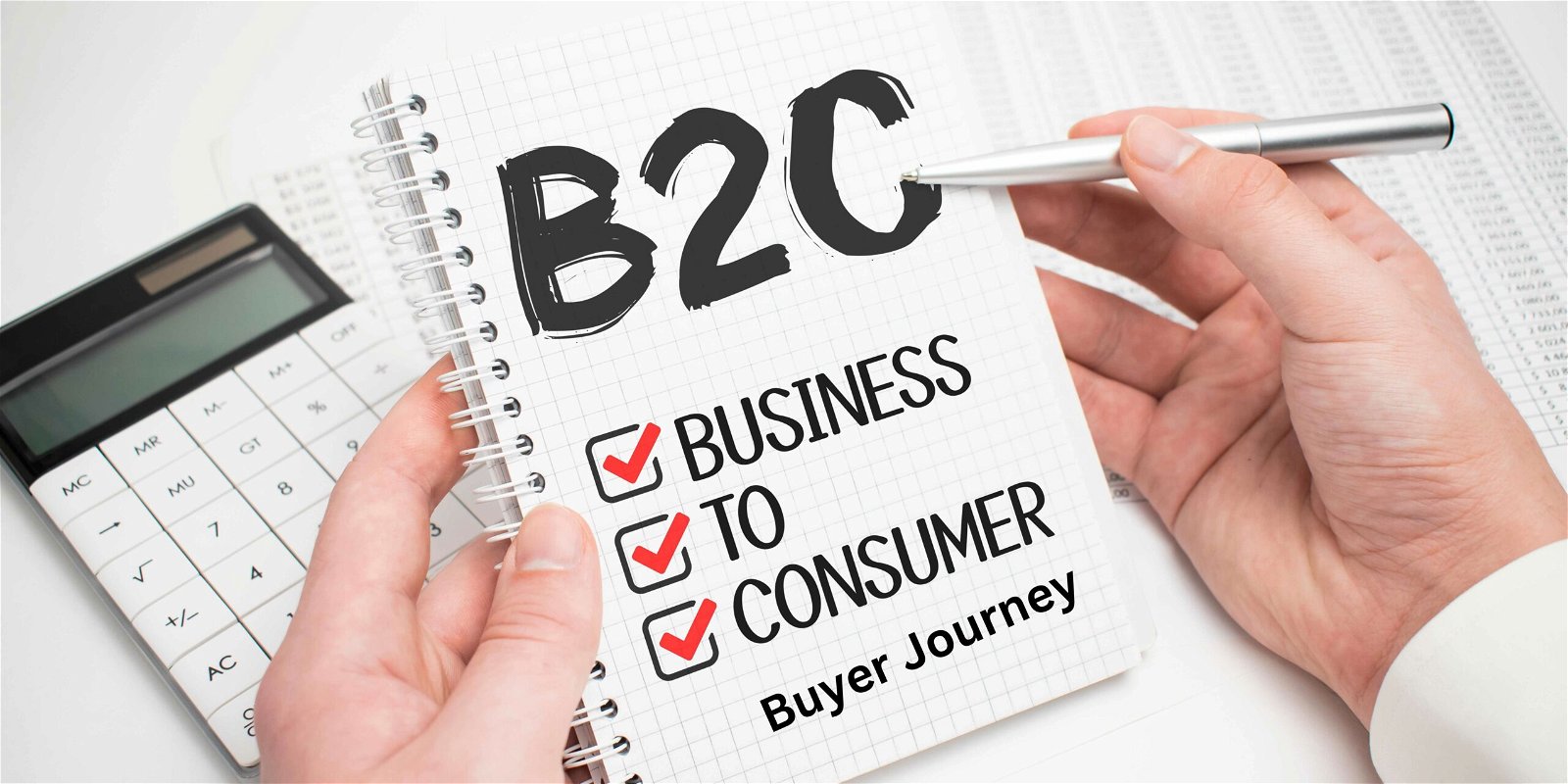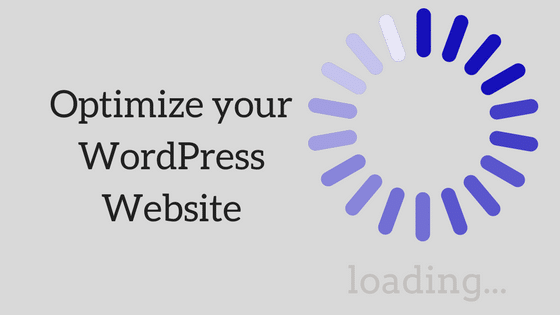Understanding the B2C (Business-to-Consumer) buyer journey is pivotal for businesses aiming to thrive in today’s dynamic marketplace. By comprehending the various stages that consumers go through before making a purchase, businesses can tailor their marketing strategies to engage customers effectively and drive sales. In this detailed blog, we will delve into each stage of the B2C buyer journey, explore the objectives and challenges associated with each step, and provide strategies for success.
Table of Contents
Toggle1. Awareness

The awareness stage is where consumers recognize a need or desire for a specific product or service. Businesses must create brand awareness by establishing a strong online presence through a combination of digital marketing efforts. Social media advertising, content marketing, and search engine optimization (SEO) are vital tools for capturing the attention of potential customers. By understanding consumer demographics and behavior, businesses can strategically target their campaigns to reach the right audience and generate awareness.
Key strategies for success in the awareness stage
- Develop a strong brand identity and value proposition.
- Utilize social media platforms to engage with potential customers.
- Create and share relevant and valuable content through blogs, videos, and infographics.
- Implement SEO techniques to improve search engine visibility.
- Leverage influencer partnerships to reach a wider audience.
2. Research

During the research stage, consumers actively seek information about available options and compare products or services. In this phase, businesses must provide comprehensive and accurate product information to establish trust and credibility. They should focus on creating educational content that addresses common customer pain points, showcases the unique features and benefits of their offerings, and highlights customer success stories. User-generated reviews and testimonials play a crucial role in helping potential customers make informed decisions.
Key strategies for success in the research stage
- Create informative blog posts and guides to educate consumers about the product or service.
- Develop detailed product descriptions, including specifications and use cases.
- Encourage and showcase positive customer reviews and testimonials.
- Leverage user-generated content and engage with customers on social media.
- Collaborate with influencers, industry experts, or thought leaders to endorse the product or service.
3. Consideration

In the consideration stage, consumers narrow down their choices based on factors such as price, features, reputation, and customer support. Businesses should highlight their unique selling points and differentiate themselves from competitors. Offering detailed product comparisons, interactive demos, or free trials can serve as powerful tools to showcase the value proposition and convince potential customers to choose their offerings.
Key strategies for success in the consideration stage
- Create compelling and visually appealing product comparison charts or infographics.
- Provide interactive product demonstrations or virtual tours.
- Offer free trials, discounts, or limited-time promotions to encourage purchase decisions.
- Establish trust by emphasizing security measures, warranties, or return policies.
- Provide superior customer support through multiple channels, such as live chat or phone support.
4. Purchase

The purchase stage marks the culmination of the buyer journey where consumers are ready to convert. A seamless, user-friendly purchasing experience is paramount to ensure customer satisfaction. Businesses must focus on optimizing their e-commerce platforms, simplifying the checkout process, and providing secure payment options. Utilizing personalized product recommendations or upselling and cross-selling techniques can also increase the average order value.
Key strategies for success in the purchase stage
- Streamline the checkout process, minimizing steps and capturing necessary information only.
- Optimize the e-commerce platform for mobile devices to cater to the increasing number of mobile shoppers.
- Offer a variety of secure payment options and display trust indicators (such as security badges or SSL certificates).
- Provide personalized product recommendations to enhance the shopping experience.
- Implement social proof elements, such as displaying the number of customers who have purchased the product.
5. Post-purchase

The post-purchase stage is a critical opportunity for businesses to foster customer loyalty and build brand advocacy. By aiming for exceptional customer service, promptly addressing any concerns or issues, and exceeding customer expectations, businesses can transform satisfied customers into brand ambassadors. Encouraging customers to provide feedback or leave reviews can not only improve the business’s reputation but also generate valuable user-generated content.
Key strategies for success in the post-purchase stage
- Offer proactive customer service, anticipating and addressing potential post-purchase concerns.
- Provide clear instructions on product usage and support resources.
- Send personalized follow-up emails to express gratitude and offer additional assistance.
- Encourage customers to leave reviews to build social proof and improve search engine rankings.
- Establish loyalty programs or exclusive perks for returning customers.
Conclusion
By dissecting the B2C buyer journey into its various stages, businesses can align their marketing efforts to meet customer needs at each step effectively. By focusing on creating brand awareness, providing informative content, showcasing unique selling points, streamlining the purchasing process, and ensuring stellar post-purchase support, businesses can position themselves as industry leaders, engaging customers and driving sustainable growth in the competitive B2C landscape.
Interesting Reads:
Cloudways Hosting: The Optimal Choice for Dynamic Membership Websites with High Traffic
Acing Digital Marketing: 8 Tips for eLearning Providers
Factors to Consider Before Hiring a Web Development Firm for an E-commerce Venture






